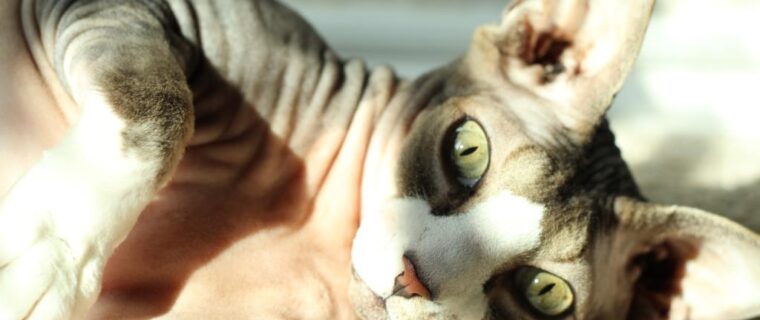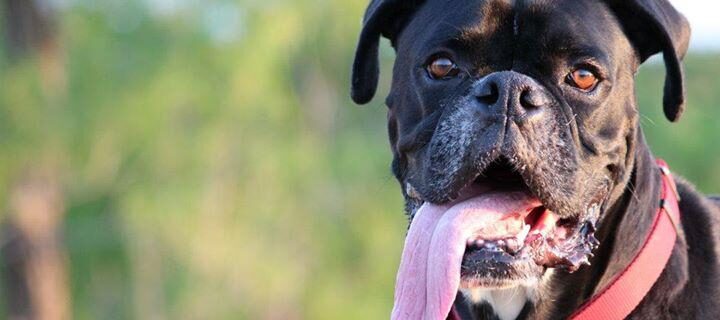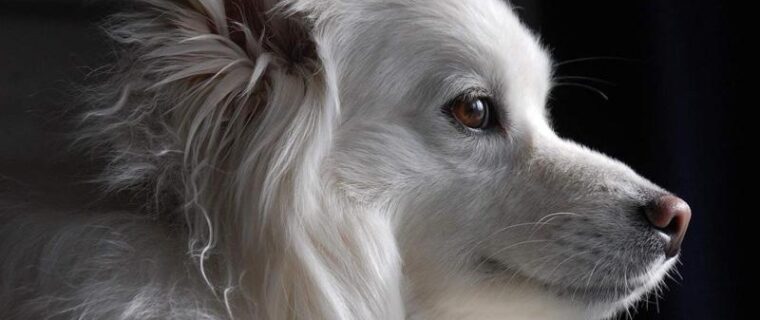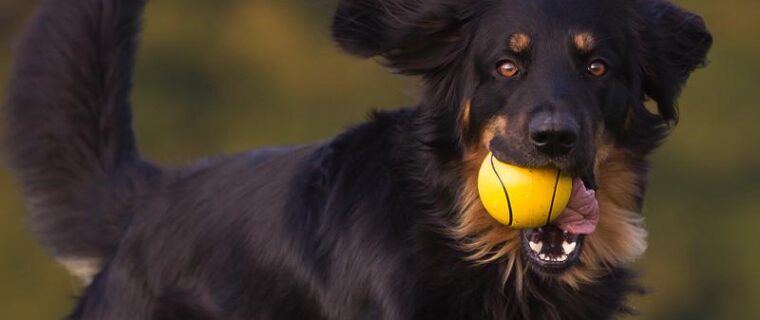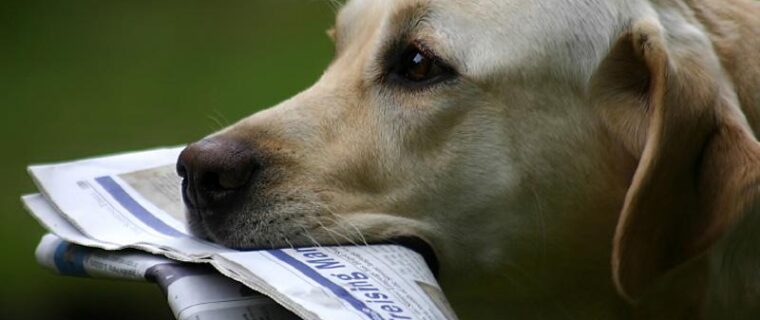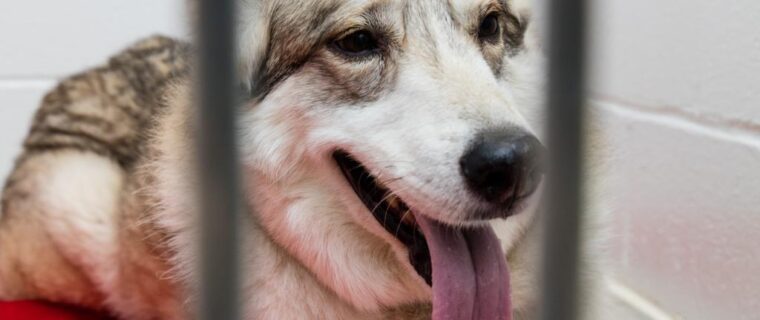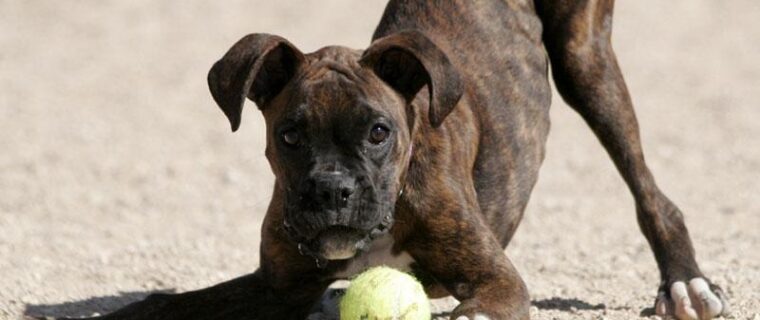Feline Perineal Urethrostomy
- Apr, 08, 2016
- DVSC
- Medical Library
- Comments Off on Feline Perineal Urethrostomy
Perineal Urethrostomy, commonly abbreviated PU, is the surgical treatment of choice for male cats that have recurrent episodes of urethral obstruction. Cats as a species are highly susceptible to environmental stress and particular cats will develop a condition known as “feline idiopathic cystitis” or FIC. FIC results in inflammation of the urinary tract and produces […]
Read MoreFemoral Head Ostectomy (FHO)
- Apr, 07, 2016
- DVSC
- Medical Library
- Comments Off on Femoral Head Ostectomy (FHO)
Background The femoral head ostectomy (FHO) is a salvage procedure that can be performed on both dogs and cats of almost any age. The FHO removes the femoral head and neck of the femur in order to eliminate the bone-on-bone contact of the hip. This is done to alleviate pain associated with diseased or injured […]
Read MoreFibrocartilaginous Embolism (FCE)
- Apr, 06, 2016
- DVSC
- Medical Library
- Comments Off on Fibrocartilaginous Embolism (FCE)
Fibrocartilaginous embolic myelopathy Fibrocartilaginous embolism (FCE) occurs when fibrocartilaginous material becomes trapped within a spinal or vertebral blood vessel. FCE can be thought of as a “stroke to the spinal cord.” When this happens, blood supply to a small portion of the spinal cord is compromised and spinal cord injury ensues. The fibrocartilaginous material is […]
Read MoreFracture Healing by Biologic Osteosynthesis
- Apr, 04, 2016
- DVSC
- Medical Library
- Comments Off on Fracture Healing by Biologic Osteosynthesis
As long as there is adequate stabilization, even highly comminuted fractures will heal faster when the soft tissue envelope has not been disrupted. The rate of fracture healing and remodeling depends on several factors, including the degree of soft tissue injury. Preservation of the soft tissue envelope maintains blood supply to the fracture fragments and […]
Read MoreFracture of the Radius and Ulna in Small breed dogs
- Apr, 03, 2016
- DVSC
- Medical Library
- Comments Off on Fracture of the Radius and Ulna in Small breed dogs
The distal radius and ulna of toy breed dogs has been shown to have a higher than normal incidence of abnormal healing of the bone following fracture repair. Placement of a cast or splint alone or combined with an IM pin does not provide for rotational stability and has a high incidence of fibrous […]
Read MoreGastrointestinal Foreign Body
- Apr, 02, 2016
- DVSC
- Medical Library
- Comments Off on Gastrointestinal Foreign Body
Inevitably, pets eat things they shouldn’t. A gastrointestinal (GI) foreign body is any non-food item that alters the normal flow of materials through the gastrointestinal tract. Foreign bodies are a common reason for emergency presentation of pets to their veterinarian, and can be life threatening if not addressed in an appropriate manner. When an animal […]
Read MoreGastric Dilatation-Volvulus (Bloat)
- Apr, 01, 2016
- DVSC
- Medical Library
- Comments Off on Gastric Dilatation-Volvulus (Bloat)
Gastric dilatation-volvulus (GDV) is a life threatening condition that commonly affects dogs. The term “dilatation” refers to a condition in which the stomach becomes engorged with air and froth, swelling to many times its normal size. The term “volvulus” refers to the condition in which the stomach actually flips or twists on its axis, preventing […]
Read MoreGastropexy, Elective
- Mar, 27, 2016
- DVSC
- Medical Library
- Comments Off on Gastropexy, Elective
Gastropexy is a surgical procedure in which the stomach is permanently adhered to the internal abdominal wall in order to prevent gastric torsion or gastric dilatation-volvulus (GDV). Gastropexy is performed at the same time as GDV surgery, or prophylactically on an elective basis in healthy dogs susceptible to developing GDV. Some veterinarians recommend prophylactic gastropexy […]
Read MoreHip Dysplasia (Overview)
- Mar, 26, 2016
- DVSC
- Medical Library
- Comments Off on Hip Dysplasia (Overview)
Hip dysplasia is one of the most common orthopedic conditions diagnosed in dogs. Hip dysplasia is defined as abnormal growth and development of the hip joint. Hip dysplasia has been shown to have a genetic component, but many parts of the disease’s etiology and pathogenesis are still unclear. Because of the known genetic component to […]
Read MoreHip (Coxofemoral) Luxation
- Mar, 25, 2016
- DVSC
- Medical Library
- Comments Off on Hip (Coxofemoral) Luxation
The hip is the articulation between the femur (thigh bone) and the pelvis. It is considered a “ball-and-socket” joint in which the “ball” is the head of the femur and the “socket” is the acetabulum of the pelvis. Coxofemoral luxation occurs when the head of the femur becomes luxated (dislocated) from the acetabulum. Below […]
Read MoreSearch This Site
Medical Library Posts
- 25+ Years of Neurosurgery at the DVSC
- Anal Sac Adenocarcinoma
- Anal Sac Removal, Elective
- Arthritis
- Arthroscopy
- Atlanto-axial (A-A) instability
- Coxofemoral (Hip) Luxation
- Cranial Cruciate Ligament (CCL) Overview
- Cranial Cruciate Ligament (CCL) – Extracapsular Repair
- Cranial Cruciate Ligament (CCL) – Tibial Plateau Leveling Osteotomy (TPLO)
- Cranial Cruciate Ligament (CCL)-Tibial Tuberosity Advancement (TTA)
- Cutaneous Mast Cell Tumors
- Cystotomy and Scrotal Urethrostomy
- Degenerative Myelopathy
- Diaphragmatic Hernia
- Diskospondylitis
- Ear Canal Ablation and Bulla Osteotomy
- Elbow Dysplasia
- Epidural Analgesia
- Episioplasty
- Feline Perineal Urethrostomy
- Femoral Head Ostectomy (FHO)
- Fibrocartilaginous Embolism (FCE)
- Fibrocartilaginous Embolus in Schnauzers
- Fracture Healing by Biologic Osteosynthesis
- Fracture of the Radius and Ulna in Small breed dogs
- Fracture Repair by Circular External Skeletal Fixator (ESF)
- Gastric Dilatation-Volvulus (Bloat)
- Gastrointestinal Foreign Body
- Gastropexy, Elective
- Hip Dysplasia (Overview)
- Hip (Coxofemoral) Luxation
- Incontinence: Urethral Sphincter Mechanism Incompetence
- The Facts About Backs (IVDD)
- Intervertebral Disc Disease (IVDD) Percutaneous Laser Disc Ablation LDA
- Intervertebral Disc Disease (IVDD)- Care of a Paralyzed Pet
- Laryngeal Paralysis
- Lumbosacral Disease
- Mandibulectomy and Maxillectomy
- Medial Patellar Luxation (MPL)
- Microvascular Dysplasia Mimics Portosystemic Shunt
- Minimally Invasive Surgery in Soft Tissue Applications
- Neurosurgical Postoperative Physical Therapy
- Perianal Fistula Management in Dogs
- Perineal Hernias
- Peritoneopercardial Hernias in Dogs and Cats
- Portosystemic Shunts
- Sialocele (Salivary Mucocele)
- Spinal Fractures and Subluxations
- Splenectomy
- Total Hip Replacement
- Tracheal Collapse
- Triple Pelvic Osteotomy (TPO)
- Underwater Treadmill
- Updates in Fracture Management
- Urethral Prolapse
- Wobblers Disease

